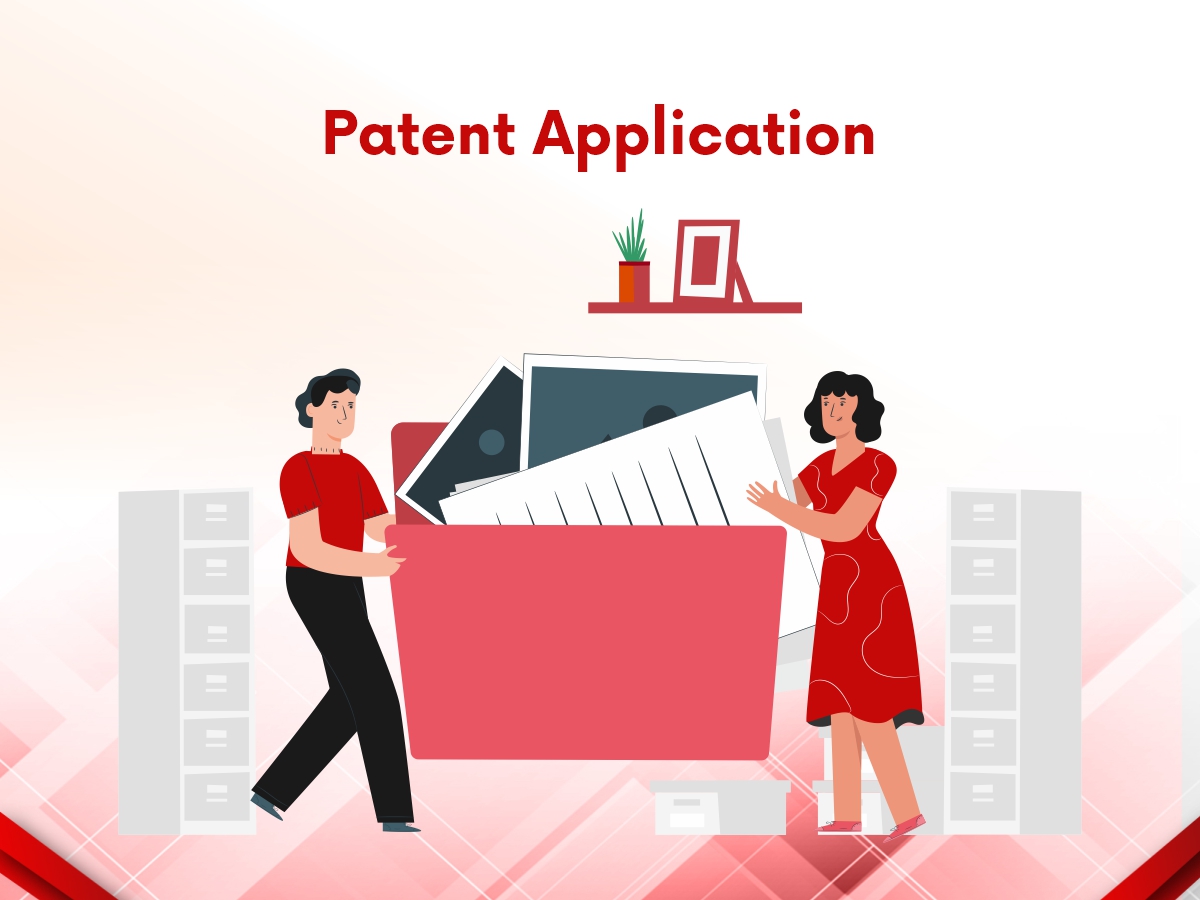
Just having an idea does not let you have proper rights to your invention. You need to file a patent application for it as well. For that, you need to describe your invention in words and you need to submit it to the patent and trademark office. That’s the reason why we have come up with our blog on “Patent Application” that will help you know about all the required information related to the application.
When you are about to file a patent and you have to describe your invention in words, then you need to submit a document that explains various aspects of your invention. That is what is known as a patent application.
All these three patents have their features and it depends on what ground you are getting the Patent.
There are 7 types of a patent applications, here are various types of patent applications:
A non-provisional patent application submitted under 35 U.S.C. 111 may achieve an early effective filing date by using a provisional application (a). Additionally, it permits the use of the phrase “Patent Pending” in connection with the invention’s description.
This kind of application is submitted when neither the applicant nor the application is being made by any earlier convention application. It must be backed up with a thorough specification that accurately describes the innovation.
When claiming a priority date based on an application that was filed in any of the convention nations that is identical to or substantially comparable to it, a convention application is filed.
.The Patent Cooperation Treaty (PCT) provides public access to a plethora of technical data about such ideas and aids applicants in obtaining patent protection for their inventions on a global scale. It also aids patent offices in making decisions regarding the granting of patents.
The Patent Cooperation Treaty’s member states can be used to get a patent by submitting a single PCT national phase application (PCT). This streamlined procedure offers patent protection while observing the unique criteria of each country. It’s retroactive to the first filing date.
A patent of addition is an application for a patent made about an enhancement or modification of the invention that is described or disclosed in the main application and for which the patentee has previously made an application or already has been granted a patent.
A divisional patent application, also known as a divisional application or simply a divisional patent application, is a type of patent application that incorporates subject matter from a parent application that has already been filed.
For your patent to be granted, you need to fulfil all the criteria to get the patent. The criteria for patent application are:
The patent application plays a major role in you getting a patent. That’s why you must file a patent application properly. You should ensure that your application is free from errors as you can lose your patent just because of one small mistake. Wissen Research helps you with the proper drafting of your patent application so that your patent journey becomes smooth.
© Copyright 2024 – Wissen Research All Rights Reserved.